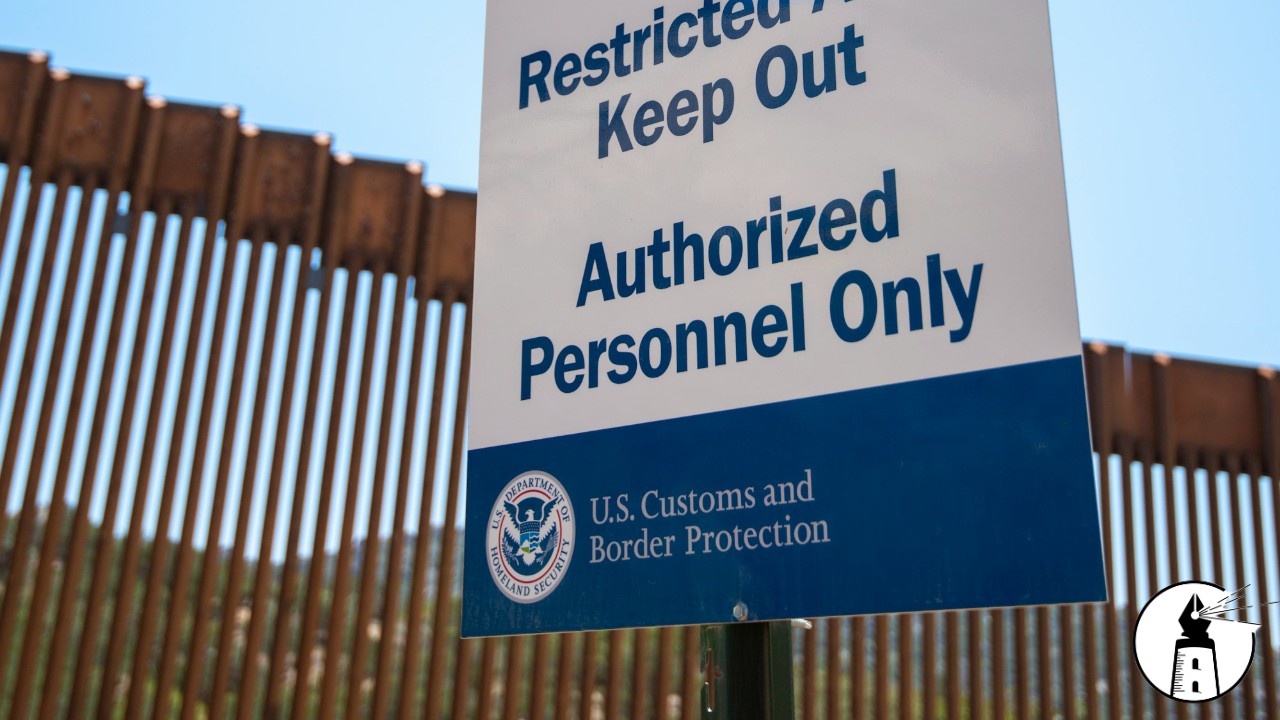The recent wave of immigration enforcement actions under the Trump administration has exposed a troubling pattern of due process violations, raising urgent questions about legality, accountability, and intent. From the mistaken deportation of Kilmar Abrego Garcia to the sweeping revocation of student visas across California’s universities, the federal government appears increasingly willing to bypass established legal safeguards in pursuit of an aggressive and opaque immigration agenda.
Abrego Garcia’s case, perhaps the most jarring, exemplifies the erosion of judicial authority and the disregard for individual rights. Despite a 2019 ruling by an immigration judge that barred his deportation to El Salvador due to credible fears of gang persecution, federal agents forcibly removed him and placed him in a notorious prison. The Department of Justice later conceded that his deportation was unlawful.
Still, when U.S. District Judge Paula Xinis ordered his return, the administration resisted compliance, arguing it lacked the means to retrieve him. This defiance culminated in a late-night appeal to Chief Justice John Roberts, who temporarily paused the return order. The administration’s own solicitor general characterized Judge Xinis’s ruling as part of a broader judicial pattern that he claimed obstructs executive authority.
Yet, the facts of the case paint a clearer picture of federal misconduct. Abrego Garcia had no criminal record, held lawful work authorization, and was fully compliant with immigration proceedings. His seizure and deportation, lacking credible legal basis, was not simply an error but a wholesale repudiation of due process.
A parallel disregard for legal norms has emerged in the administration’s mass revocation of student visas. More than 80 international students at institutions like UCLA, UC Santa Cruz, and Stanford have found their legal status abruptly terminated without warning or explanation. Campus officials, blindsided by the cancellations, scrambled to support affected students and piece together the rationale behind the decisions.
The lack of transparency is deeply concerning. In several instances, students with only minor infractions, such as traffic violations, were stripped of their status, with no formal charges or hearings. Two students have filed lawsuits, alleging that the administration used the SEVIS database not to enforce immigration law, but to circumvent it. Their legal teams argue that by altering student records to falsely suggest noncompliance, the government is coercing lawful residents into abandoning their studies and self-deporting. The courts may ultimately determine whether these tactics are legal, but the consequences for students, academic disruption, legal limbo, and potential deportation, are already severe.
In New York, yet another example surfaced when ICE agents detained a mother and her three children during a raid at a dairy farm in the small town of Sackets Harbor. Though the stated target was a South African national facing criminal charges, the agents arrested several others, including a law-abiding family with no connection to the investigation.
Despite having complied fully with immigration court orders, the family was separated from their community and transferred to a detention facility in Texas. Only sustained public pressure, including protests, media attention, and appeals from local officials, secured their release. The lack of judicial warrants and the failure to distinguish between enforcement targets and bystanders again suggests an administration uninterested in upholding basic legal protections.
These incidents, while distinct in geography and circumstance, reveal a coordinated effort to dismantle due process norms in immigration enforcement. The Trump administration’s objectives may be several. One possibility is deterrence through fear. By targeting even those who follow legal channels, the administration sends a clear signal that compliance offers no protection. This fear-based strategy seeks to discourage future immigration altogether by creating a hostile and unpredictable environment.
Another likely goal is the strategic erosion of judicial oversight. By characterizing court orders as overreach and ignoring or circumventing them, the administration asserts that immigration policy is the sole domain of the executive branch. This approach undermines the rule of law and signals an ambition to expand presidential power at the expense of independent adjudication.
A third possibility is political performance. The aggressive tactics may be designed less for policy outcomes than for political theater. Mass deportations, publicized raids, and visa cancellations can be framed as evidence of toughness on immigration, reinforcing campaign narratives and galvanizing segments of the electorate. In this interpretation, legal due process is viewed not as a safeguard but as an obstacle to a performative agenda.
What remains clear is that the people most affected by these policies, lawful residents, students, workers, families, are being denied the very protections the legal system is meant to afford. Whether through administrative manipulation or outright defiance of court orders, the Trump administration’s recent actions reflect a growing pattern of lawlessness cloaked in the language of enforcement. In the absence of accountability, the cost will be borne by those least able to defend themselves.
—By Greg Collier



